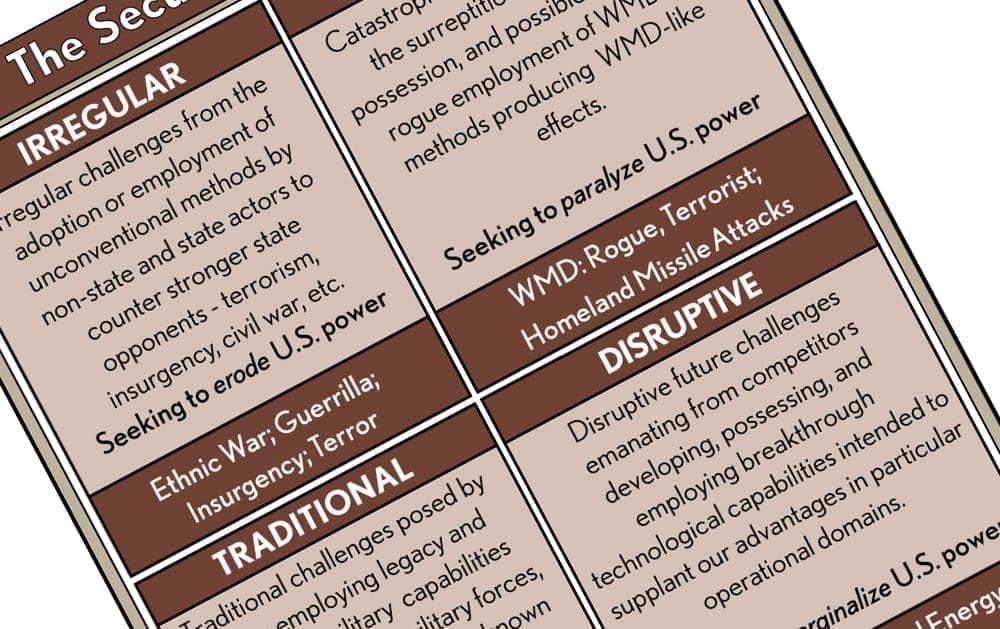New Way of Working Part 1 – and an Interesting New Direction
Sure, I've been mobile for some time, but it's late spring in Chicago, and after such a hard winter, I am trying to take better advantage of the balmy weather and these newfangled mobile devices to get work done in alternative places, using alternative methods. The work is a bit different as well; I'm taking a hard run at some "digital strategy" topics, and forcibly breaking away from the manic focus on cost and productivity. Well, maybe "manic" is a…




